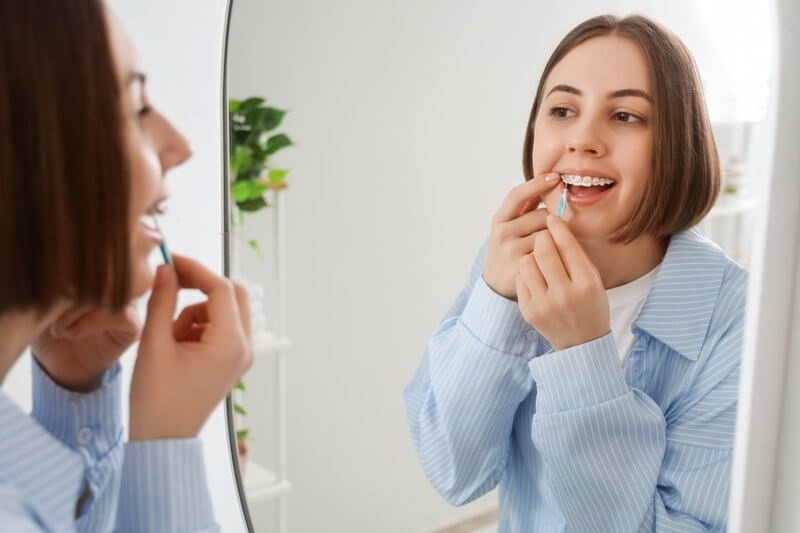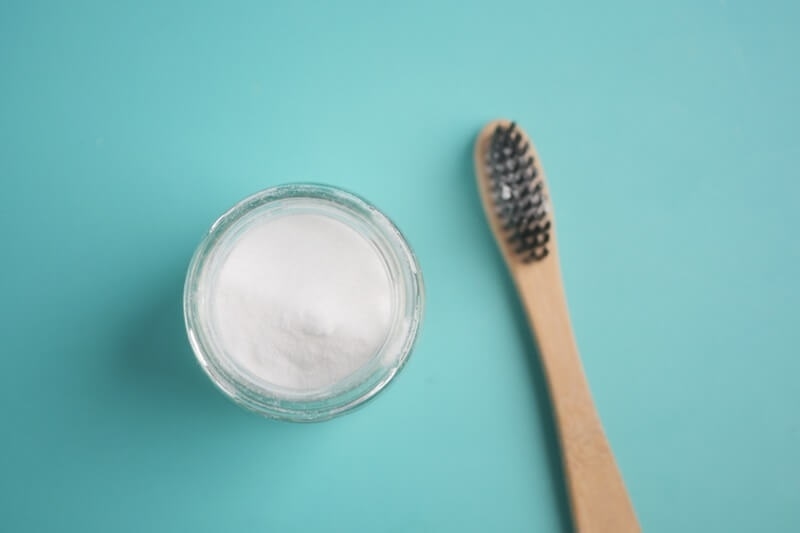
Most people don’t love visiting the dentist. The bright lights, the buzzing tools, that uncomfortable chair tilt that makes you question your life choices. Yet, we all want that squeaky-clean, fresh-mouth feeling after a professional cleaning. The good news? You can get pretty close without stepping into a dental clinic. With the right teeth cleaning at home routine, a bit of consistency, and the right tools, you can keep your smile bright and healthy between appointments.
Now, before you picture yourself with dental tools and a mirror, relax. This isn’t about turning your bathroom into a mini dental clinic. It’s about using smart, safe habits and affordable tools that actually work.
Here’s the truth: dental cleanings at the clinic are great, but they only happen once or twice a year. What you do the other 363 days is what really keeps your teeth strong and your gums happy. Regular home dental care removes food buildup, keeps plaque under control, and prevents tartar from forming.
Skipping your routine, on the other hand, can lead to bad breath, stains, gum irritation, and cavities. And let’s not even talk about the expense of fixing those problems later. So, in a way, every minute you spend brushing and flossing is like saving money on future dental bills.
If you want to clean like a pro, start with the basics. You don’t need complicated gear or expensive gadgets — just a few essentials and a consistent at home routine.
Most people brush twice a day, but not necessarily the right way. A proper brushing technique takes about two minutes. Use a soft-bristled brush and gentle circular motions — not aggressive back-and-forth scrubbing. Harsh brushing wears down enamel and irritates your gums.
Fluoride toothpaste is key here. It strengthens enamel and helps prevent decay. If you’re looking to add a bit of luxury to your self care teeth habit, switch to an electric toothbrush. They do most of the work for you and remove more plaque than manual ones.
Healthy gums are half the battle. While brushing, angle your toothbrush slightly toward the gum line. That’s where plaque loves to hide. Massage the area lightly to keep blood circulation strong. Gums that bleed easily may signal inflammation, so if that happens often, it’s worth checking with your dentist.
Flossing might feel like an extra step, but it’s what removes the debris your toothbrush misses. If traditional floss feels awkward, try interdental brushes or floss picks. There’s also water flossing — a little gadget that sprays water to clean between teeth and along the gum line. It’s surprisingly satisfying once you get used to it.
Mouthwash isn’t just for fresh breath. A good antibacterial rinse kills lingering bacteria and reduces plaque buildup. Some formulas even strengthen enamel. The trick is not to use mouthwash right after brushing — give it a 15-minute gap to let the toothpaste’s fluoride work its magic.

When people hear DIY cleaning, they often think of strange internet hacks like baking soda scrubs or lemon juice whitening. Don’t. Those might whiten your teeth temporarily but can erode enamel fast. Instead, stick to safe, dentist-approved options you can do at home.
1. Baking Soda (in moderation)
Yes, it works, but it’s not a daily thing. Once a week, mix a small amount with water to make a mild paste. It helps remove surface stains without being too abrasive.
2. Hydrogen Peroxide Rinse
Dilute it with equal parts water and swish for about 30 seconds. It kills bacteria and helps whiten teeth safely. Just don’t swallow it, and don’t overdo it — once or twice a week is plenty.
3. Oil Pulling
It sounds old-school, but it’s backed by science. Swishing coconut or sesame oil for about 10 minutes removes bacteria, freshens breath, and supports gum health. Do it before brushing.
4. Crunchy Fruits and Veggies
Apples, carrots, and celery act as natural scrubbers for your teeth. They stimulate saliva and reduce plaque buildup — nature’s own mini cleaning crew.
The best cleaning routine is one you can actually stick to. Here’s a simple structure that works for most people:
You don’t have to be perfect. Skipping a floss here or there won’t destroy your smile. But consistency builds results. Over time, your home hygiene habits make a visible difference — your teeth feel smoother, your breath stays fresher, and you’ll probably smile more without realizing it.
It’s easy to assume you’re doing fine — after all, brushing feels simple. But a few common habits can hold you back from getting professional-like results.
Fix these small things and your home dental care routine instantly levels up.
If your main goal is whiter teeth, there are safe ways to brighten without damaging enamel. Whitening strips or gels are fine when used correctly, but avoid using them every day. Alternate with fluoride toothpaste to maintain strength. Charcoal pastes are trendy but often too abrasive for long-term use.
For a natural approach, eat fewer stain-causing foods — coffee, tea, wine — or at least rinse your mouth with water afterward. Sometimes, even minor lifestyle tweaks make a visible difference over a few weeks.
Let’s be real. No matter how great your teeth cleaning at home game is, it won’t completely replace professional cleanings. Dentists use ultrasonic tools to remove hardened tartar that brushing can’t touch. If your teeth feel rough or look yellow near the gum line, it might be time for a proper scaling.
That said, if you stay consistent with your at home routine, your dental visits will be quick and painless. Instead of deep cleaning sessions, you’ll just get a polish and a smile from your hygienist.
Here’s the thing — dental care doesn’t have to feel like a chore. Make it part of your self-care ritual. Light a candle, play a podcast, or keep your favorite playlist going while you brush. Treat it as a daily reset — a few quiet minutes just for you.
Your teeth are part of your first impression. Taking care of them isn’t vanity — it’s confidence. When you think of self care teeth, think beyond looks. It’s about comfort, freshness, and feeling like you’ve got it together, even on chaotic mornings.
You don’t need to go overboard with fancy tools, but a few smart upgrades can help.
Investing in these once pays off in long-term dental health. They make your routine feel less like work and more like daily grooming.
Beyond brushing and flossing, there are everyday habits that can protect your teeth. Drink more water — it washes away acid and food particles. Snack less often — constant snacking feeds bacteria. Eat crunchy fruits and veggies to keep your teeth naturally polished.
And remember: smoking, vaping, or frequent soda drinking undoes most of your cleaning efforts. Swap those habits with healthier ones, and your home hygiene efforts will show results faster.
Even with perfect care, plan a dental checkup every six months. That’s where your dentist checks for cavities, plaque buildup, or early gum issues that you might miss. If your gums bleed often or your breath smells off despite brushing, those are signs to get checked sooner.
But if you keep up your DIY cleaning habit, those visits will be a breeze. You’ll spend less time in the chair and more time hearing, “Everything looks great.”
Caring for your smile doesn’t have to involve endless appointments or expensive treatments. With the right teeth cleaning at home habits, you can maintain fresh breath, strong enamel, and that dentist-clean feeling every single day.
Start small — brush with purpose, floss without skipping, rinse with care. Mix in a few DIY cleaning tricks and treat your home dental care like part of your self-care routine. You’ll not only save on dental bills but also feel the difference every time you smile.
Because nothing feels better than running your tongue over freshly clean teeth — and realizing, “Wow, I did that myself.”
This content was created by AI